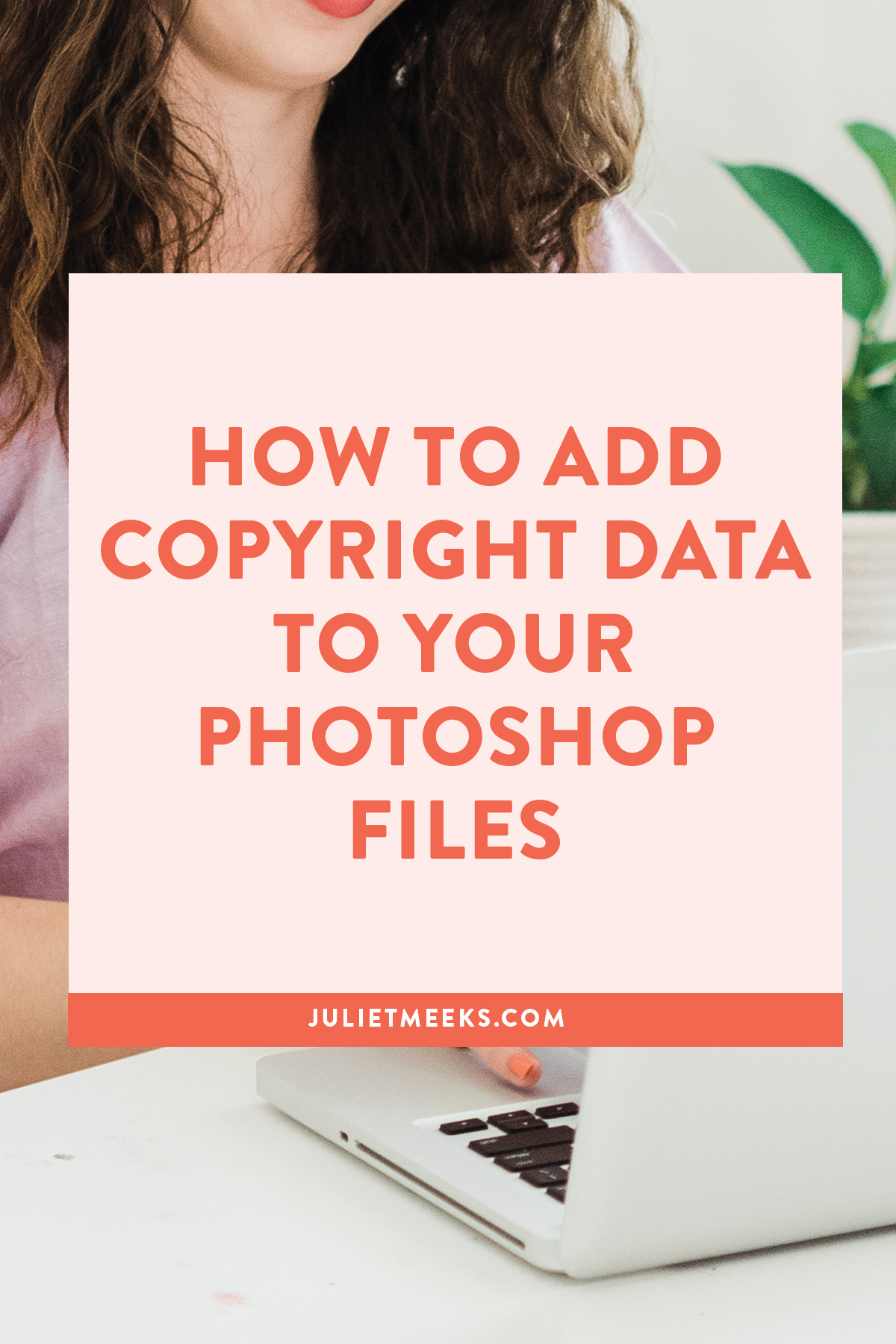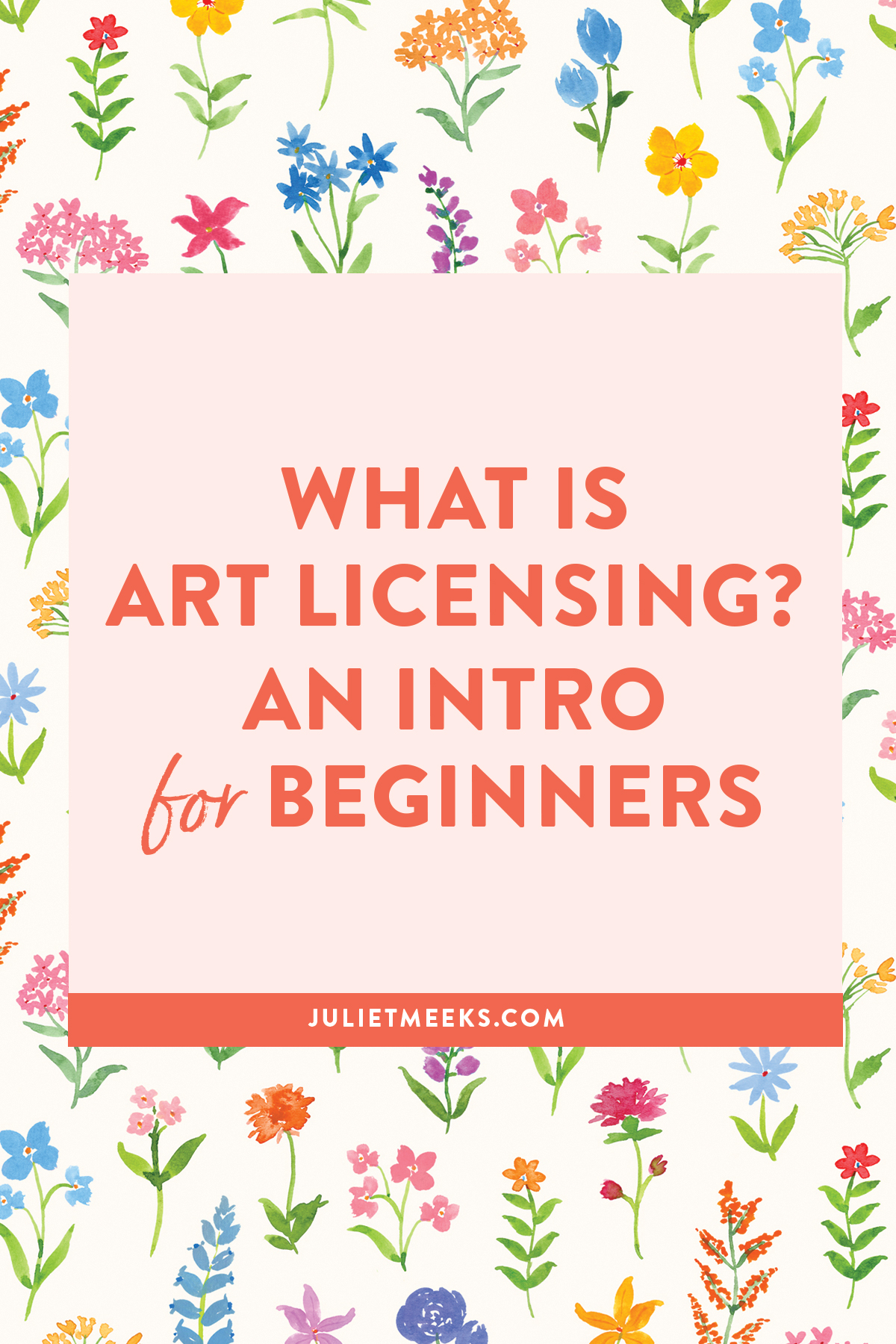It’s important to protect your artwork from being copied or stolen, either by other large companies or even unfortunately, other small businesses or artists.
Yes, you automatically own the copyright to your own original work the moment you create it. BUT, it’s still a good idea to register your copyright officially to take that protection even further.
In this article, I’m discussing why and how to protect your artwork if you are based in the United States.
Note that I am not a lawyer, and this information is for your educational purposes only and should not be taken as professional legal advice.
Why register the copyright?
If someone copies or uses your work without your permission, then it will be easier to prove that the artwork was originally yours if you have already registered the copyright. This is a significant help if you need to take legal action against that person or company – in fact, it may be difficult to make your case without an official copyright.
Besides registering the copyright, you can also take other steps to protect your work like: sign and date your artwork as you create it and document your creation process through video (like if you share a process video on Instagram); basically anything that helps to prove it is your original idea and artwork.
Which artwork should I register?
This is up to you, but personally I register the copyright for any artwork that I am licensing to other brands. If it’s going out into the world online or being incorporated into products, there is a chance it could be stolen! I also like to register any artwork that is popular, or could be potentially easy to steal.
Registering your work costs money, so it may not be financially possible for you to copyright all of your work. But you can at least take steps to protect your most vulnerable art.
Unpublished collection vs. published
You can save a little on the fees if you copyright a “collection” of up to 10 works, instead of one piece at a time. One caveat is that the collection needs to be considered unpublished. The definitions of published vs. unpublished can be a gray area in our world of social media. However, I did ask they copyright office their thoughts on this and they said “unpublished” is considered not for sale or for consumption to the general public (generally just posting images of the work for show on social media is still considered unpublished, but offering it for free download as a digital wallpaper is considered published because it is being “consumed”, i.e. downloaded).
Make sure to use the correct form when publishing your collection – Group of Unpublished Works” (GRUW).
Alright, here are the steps to take if you are registering your own work:
- Head to copyright.gov
- Create an account and start the process of registering your specific work, and pay the appropriate fee (generally $65-$85). Here is their full list of fees.
- If you are registering an unpublished collection, make sure to use the correct application titled “Group of Unpublished Works” (GRUW).
- Check out their FAQs for processing times until you receive your certificate
You can also hire a lawyer to do this for you, but of course it will be more expensive. Also note, copyright is totally separate from a patent or trademark!
I hope this helps you feel more confident in taking the steps to protect your work.
And if you’re looking for general help with how to set up your business (the legal way!), consider this class by Your Legal BFF, Getting Down to Business. (this is an affiliate link!)






Thank you. That is valuable information. I appreciate your post.
Thanks so much for this info, and for the link to the legal class! I have two questions I think you can probably answer. 1. If registering a group of unpublished works, is that $85 for the entire group, up to 10 pieces? And if I have a series of 12 pieces, could I register in two separate groups of 6, for a total of $85 + $85? Am I interpreting this correctly?
Kelsy, Yes, on both counts it sounds like you are right on!
Thanks for the great advice Juliet. Do you need to copyright your work for each country or are you covered worldwide when you register it through the link listed above?
Tanya, this would only cover protection for the U.S. I’m not familiar with copyright procedures in other countries, but I’m sure it’s possible!
Thanks for the great advice Juliet. Do you need to copyright your work for each country or are you covered worldwide when you register it through the link listed above?
[…] art file of my own because it would be costly. For more details on registering the copyright, see my post How to Copyright Your Artwork here.Note that I am not a lawyer, and this information is for your educational purposes only and should […]